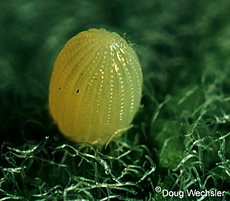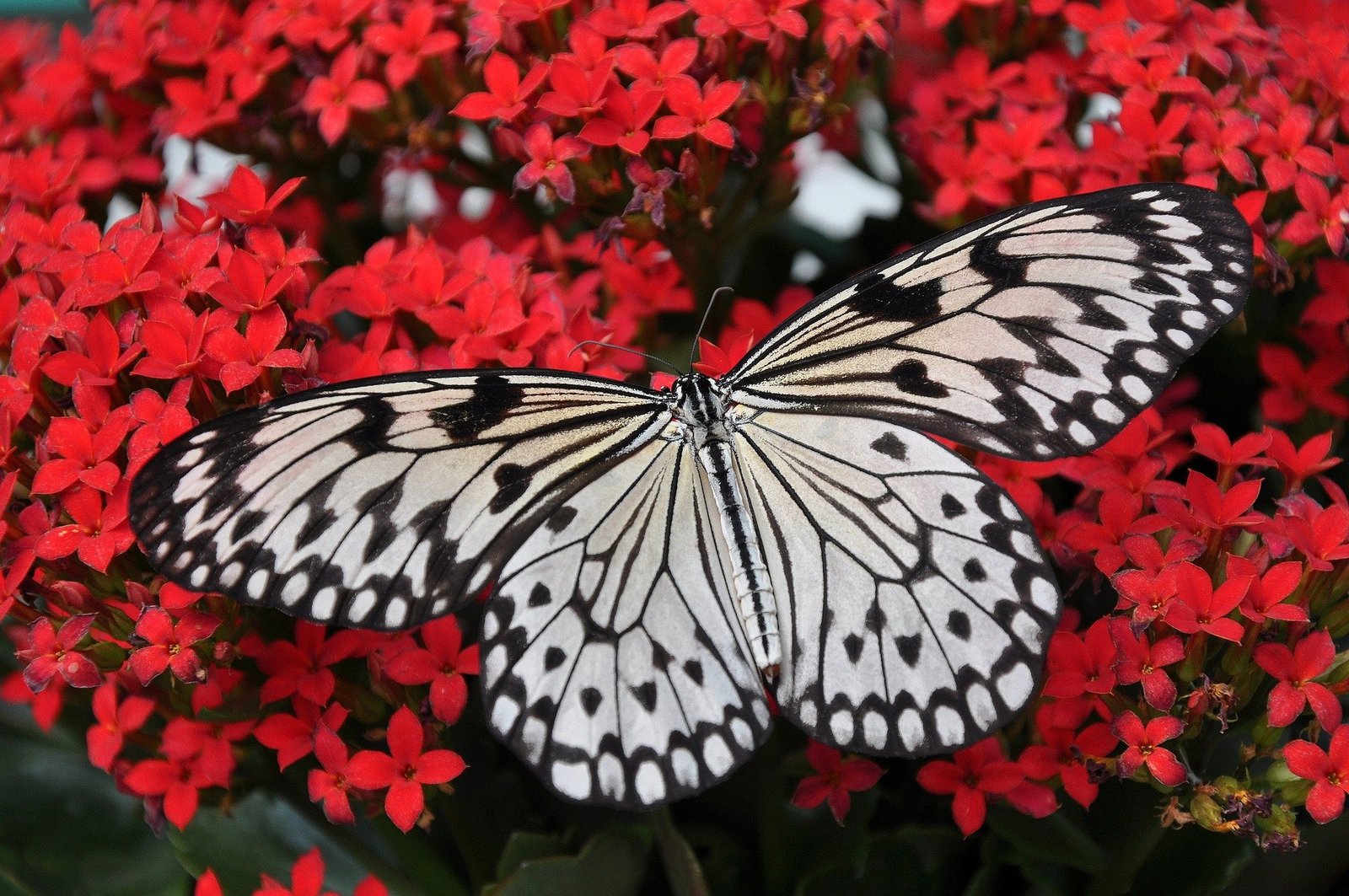Butterflies
A Butterfly and a moth are insects that descend down from the order Lepidoptera as well as the macrolepidopteran clade Rhopalocera. Grown-up Butterfly characterized for many features such as bright-large colorful wings, as well as fluttering clearly flight. Butterflies undergo complete metamorphosis and have a 4-stage life cycle. Eggs were laid on the food plant by females, to make their caterpillars able to feed themselves. When the larvae grow up, usually after a short time, they pupate themselves in a chrysalis.
After time passes and the transformation is successfully done, the pupal skin splits and the grown-up insect climbs out to ready itself for the next stage. Its wings have to be fully dried and expanded, to be ready to fly off. Butterflies that live in the tropics can produce several generations in a year, while others get enough one generation, however, many butterflies take many years to complete their entire life cycle.
Butterfly Life Cycle
Moth and butterflies share the same development process which is called “metamorphosis”(a word that has a Greek origin and means changing in shape or conversion). There are 2 common complete types of insects’ metamorphosis such as bees, flies, beetles, moths, and butterflies. However, other insects have incomplete metamorphosis.
The baby butterfly or a larva does not look like an adult as well as it eats other types of food. However, the young of incomplete insect is called a nymph and it usually looks like an adult however without wings. Moths and Butterflies go through 4 stages in their metamorphosis reversely: adult, pupa, larva, and egg.
Egg

The adult female butterflies lay very small eggs on plants from spring, summer, or fall. The hatching caterpillars can feed on the plants that they were laid on after that. The period that the eggs need to hatch depends on the species of butterfly. A lot of eggs were laid by adult females at once and only some of them can survive.
Caterpillar: The Feeding Stage
The following stage is the larva. Insects like moths or butterflies are also called a caterpillar. All the caterpillars have to do is just eat as much as they can. Its sheds and skin were split from four to five times as it grows up. It has to eat a lot so the eaten food is stored and consumed later as an adult. During the larva stage, caterpillars can increase one hundred times their size. The size of the caterpillar, who hatched from a monarch butterfly egg is almost the size of a pinhead. However, in some weeks, the caterpillar will grow up to reach 2” long.
Pupa: The Transition Stage
The caterpillar becomes a pupa or a chrysalis when it is grown enough and does not eat anymore. Pupa species have their own features, some pupa buries themselves underground, hang themselves under a branch, or hide in leaves inside a silk cocoon, which protect it. This stage can take at least one month or maybe longer. It can even last for 2 years for some species.
Inside the pupa, great changes are developing. Special cells are now growing very quickly after being in the larva. They’ll become many parts of the adult butterfly such as eyes, wings, and legs. However, these growing cells will get their energy from the original larva cells.
Adult: The Reproductive Stage
The adult looks totally different from the larva. The adult has compound eyes, long antennae, and long legs. Unlike, caterpillars which have very short antennae, stubby legs, and tiny eyes. Indeed, the adults have very pretty, large, and colorful wings to fly, however, their size won’t change. Now, the adults-only pairing and lay eggs. Flowers’ nectar is the food that some species of adult feed, however many adult species do not feed at all. Females always try to find the appropriate plant for their eggs by flying from one place to another. Most adults survive only 1 or 2 weeks, but some species may live some months hibernating during the winter.
Share this to let other people know about it!
